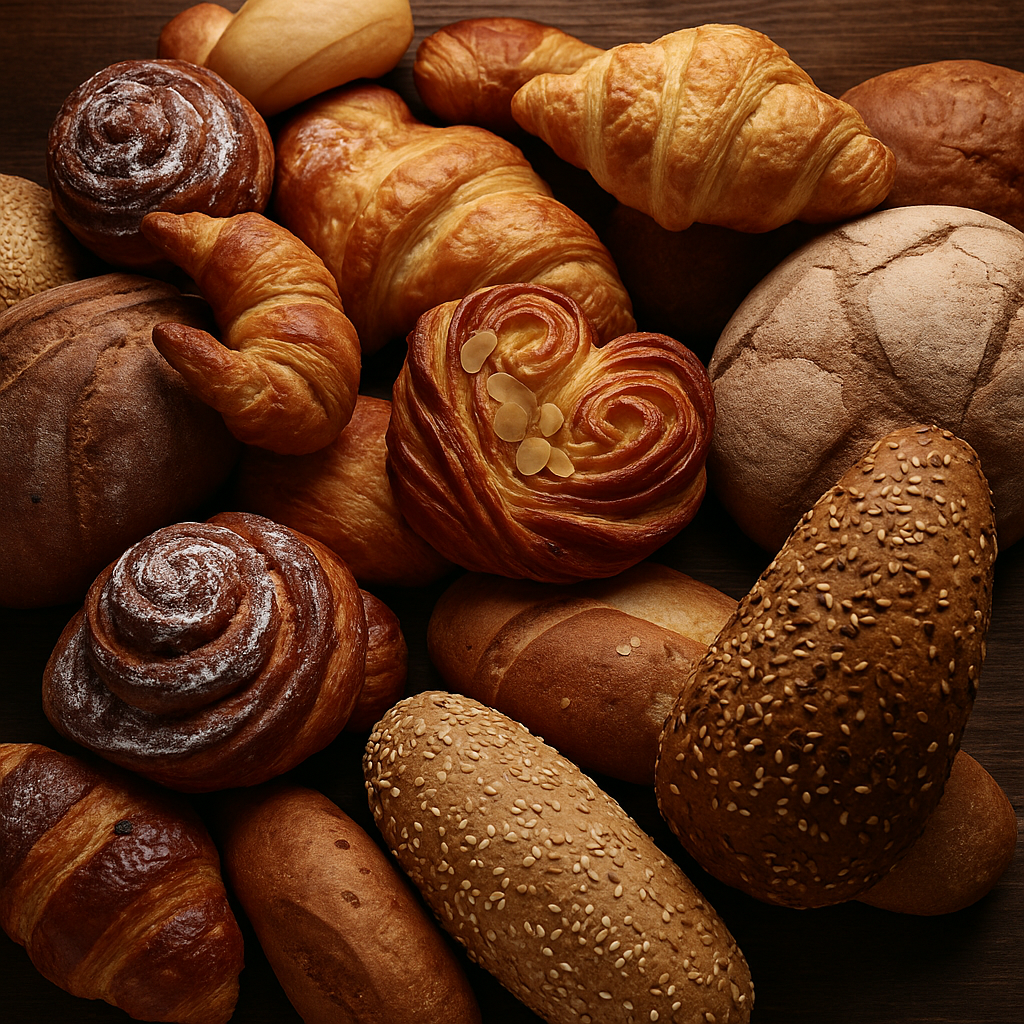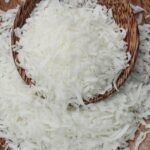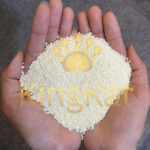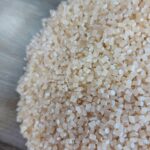CASHEW NUT SHELL OIL

In today’s health-conscious world, the demand for nutritious, low-calorie, and gut-friendly bakery products is skyrocketing. One ingredient that is making waves in the industry is Resistant Tapioca Starch. Known for its unique health benefits and functional properties, resistant tapioca starch is quickly becoming a go-to ingredient for bakers and food manufacturers aiming to create better-for-you baked goods. Here’s a look at five revolutionary ways resistant tapioca starch is transforming the bakery industry.
Table of Contents
Toggle1. Enhancing Digestive Health with Natural Prebiotics
One of the most significant benefits of resistant tapioca starch is its prebiotic effect, which means it supports the growth of beneficial gut bacteria. Unlike regular starch, resistant starch resists digestion in the small intestine and ferments in the large intestine, feeding probiotics and contributing to improved gut health. With growing consumer interest in foods that support digestion, resistant tapioca starch is the ideal ingredient for bakers looking to create products that are easy on the stomach and beneficial for digestive health. Products like high-fiber breads, prebiotic cookies, and digestive-friendly muffins are just a few examples of how this starch can appeal to health-focused consumers.
2. Lowering the Caloric Content of Baked Goods
Another exciting application of resistant tapioca starch in bakery products is its ability to reduce calorie density. Resistant starches, including tapioca, have fewer digestible carbohydrates than regular starch, which can lower the calorie content of baked goods. For consumers mindful of their caloric intake, this ingredient allows for indulgent treats like pastries, cakes, and cookies without the guilt. By replacing traditional flour or starch with resistant tapioca starch, bakers can create lighter products that align with low-calorie or weight-management diets, attracting a broad audience looking for healthier alternatives to traditional bakery offerings.
3. Improving Texture and Freshness in Gluten-Free Baking
The texture and freshness of gluten-free baked goods can often be challenging to perfect. Resistant tapioca starch addresses this problem by providing a unique structure that improves the mouthfeel, moisture retention, and overall texture of gluten-free products. In gluten-free bread and pastry applications, resistant tapioca starch acts as an excellent binder, offering a soft, chewy texture that often mimics traditional gluten-based products. This starch also retains moisture effectively, which helps to extend the shelf life of gluten-free goods—a significant advantage for manufacturers and consumers alike. As gluten-free diets grow in popularity, the role of resistant tapioca starch in enhancing quality will only become more important.
4. Supporting Blood Sugar Control for Diabetics
Blood sugar management is a top concern for many consumers, especially those with diabetes. Resistant tapioca starch has a lower glycemic index than regular starch, which means it doesn’t cause the same spike in blood sugar levels. This property makes it a powerful ingredient in bakery products aimed at people with diabetes or anyone focused on managing blood glucose levels. Imagine breads, muffins, and snack bars made with resistant tapioca starch that not only taste delicious but also support a steady energy release without triggering sugar highs and lows. For bakeries and brands looking to cater to health-focused consumers, this is an excellent selling point.
5. Supporting Weight Management with Increased Satiety
Satiety, or the feeling of fullness, is crucial for anyone trying to manage their weight. Resistant tapioca starch can help in this area by promoting a sense of fullness, thus reducing overall calorie consumption. Because resistant starches are digested slowly and ferment in the large intestine, they create a prolonged feeling of satiety. For bakery products, this means that items like high-fiber muffins, satiating breads, and breakfast bars made with resistant tapioca starch can help consumers feel fuller for longer. This property aligns with the increasing demand for products that support weight management, making resistant tapioca starch a valuable ingredient in the creation of satisfying, functional foods.


Conclusion: A Healthier Future for Bakery Products with Resistant Tapioca Starch
Resistant tapioca starch is proving to be a game-changer in the bakery industry, providing health benefits without compromising on taste, texture, or versatility. From enhancing gut health to lowering calorie content, stabilizing blood sugar, and improving the quality of gluten-free products, this starch is addressing the needs of modern consumers seeking nutritious and functional foods. As demand for healthier bakery products continues to grow, resistant tapioca starch is poised to play a central role in the development of innovative, health-focused baked goods. For bakeries and food manufacturers, incorporating this versatile ingredient is not just a trend—it’s a step toward meeting the evolving demands of the health-conscious market.












